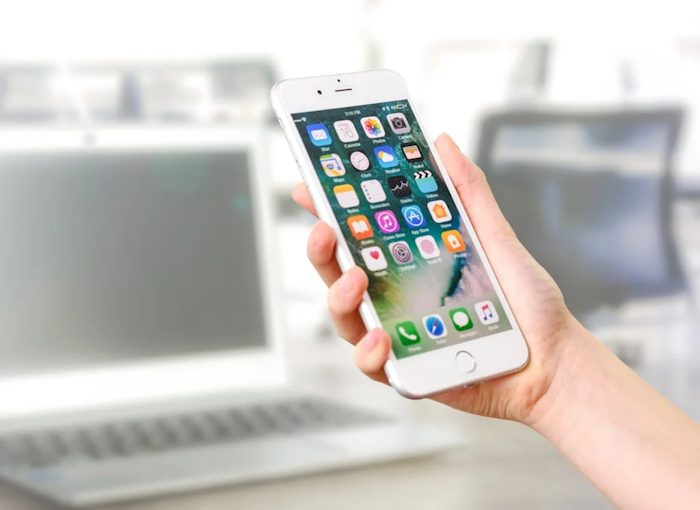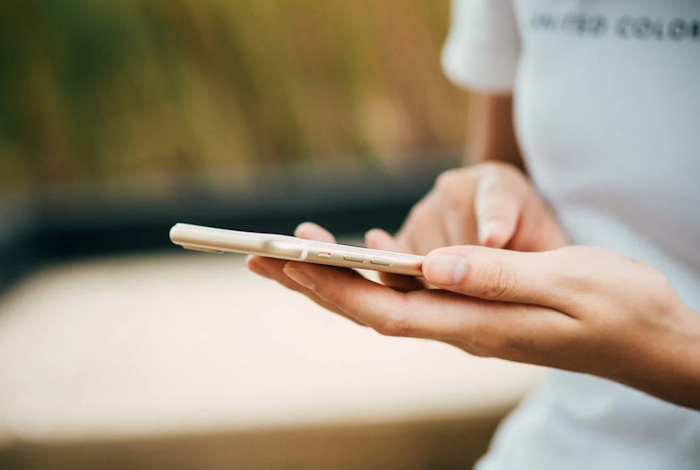Over the last few years, mobile phones have dramatically increased in screen size. Most gaming enthusiasts prefer phones that have a bigger screen as it gives them the chance to expand their field of vision, not to mention that it makes for a more enjoyable experience overall. With that being said, a bigger screen can also be useful if you are watching videos or streaming your favorite TV shows.
Better App Experiences
Having a bigger screen size often means that you can take advantage of greater flexibility and more user features. There’s nothing more frustrating than pressing the wrong button on a small screen. With a bigger screen size, this becomes a thing of the past. This is especially useful for gamers. If you find yourself playing casino games, like the Sahara Riches cash collect slot at Betfair, you can see the result of your spin, as well as any bonuses you might have triggered. You can also navigate the game menu and see your current account balance without having to squint.

If you’re a fan of racing games, like F1 Mobile Racing, you can also see key information with ease, such as your speed, current gear and car temperature. Bigger screens also allow you to navigate game menus more efficiently, ideal if you enjoy playing a range of games online.
When you compare the size of the iPhone 15 Pro Max by Apple, to the iPhone 13 Mini, it’s remarkable to see how much you miss out on, by just losing a couple of inches.

Bigger Battery Life
Phones that have larger screens tend to come with bigger battery lives. As the screen size gets bigger, the battery life has to be increased to support it. Large screen sizes consume way more power and that is why phone manufacturers, including Android, are doing everything they can to maximize power by investing in new battery technology. This is allowing them to go even bigger with phone screens, like they’ve done with the Samsung Galaxy S24 Ultra, without compromising user experience.
One thing to take note of is that even though batteries now have bigger capacities, with way more power, they’re not necessarily increasing in size. The OnePlus is a prime example here. The phone has a large display and a 6,100mAh battery but with a slim design.
Reduced Eye Strain and Fatigue
As time goes on, more and more people are using their phones to carry out work-related tasks, such as answering emails, taking phone calls and even updating task-management software. Bigger screens make tasks like this much easier, as more information can be fitted onto one page. Bigger screens also reduce eye strain, for those who use their phone a lot at work. With fatigue and eyestrain being a huge issue for employers who have remote employees, it’s no surprise to see that phones with bigger screens are now dominating the market.
Manufacturers are taking note of this too, by ensuring that new releases come with bigger screens as standard, with new tech constantly emerging to maintain the fine balance between bigger screens and general portability.
All in all, it looks like bigger screens are here to stay, as the market need for them is there, and the sales numbers for bigger phones speak for themselves.





